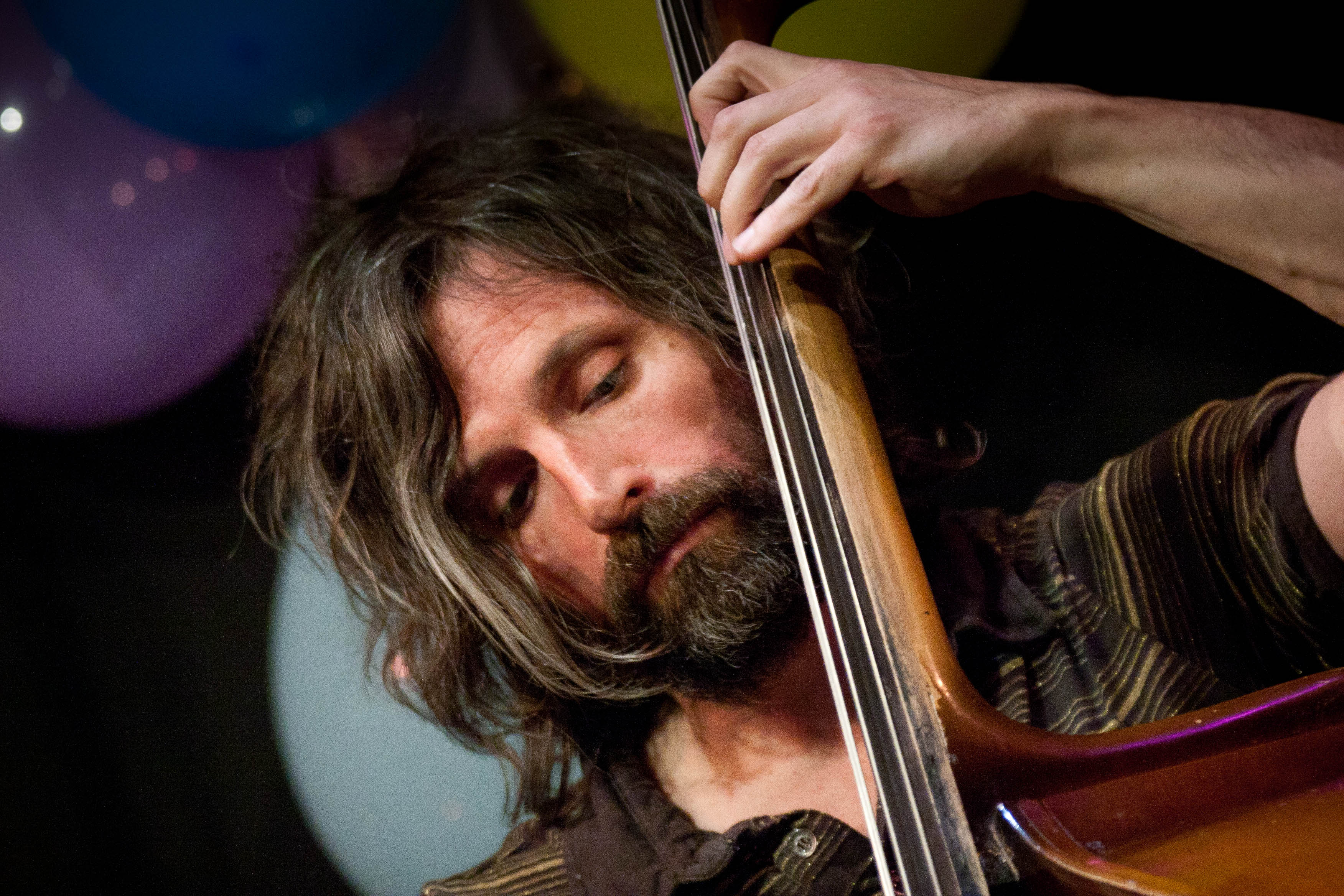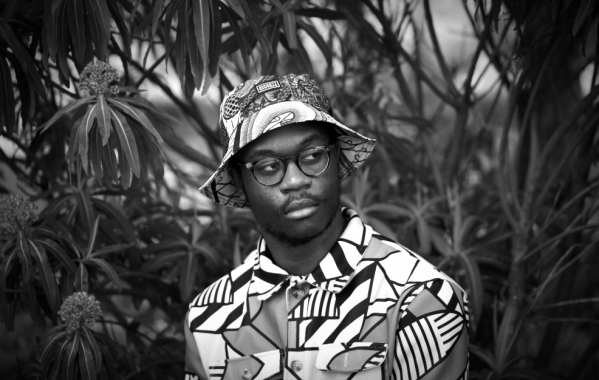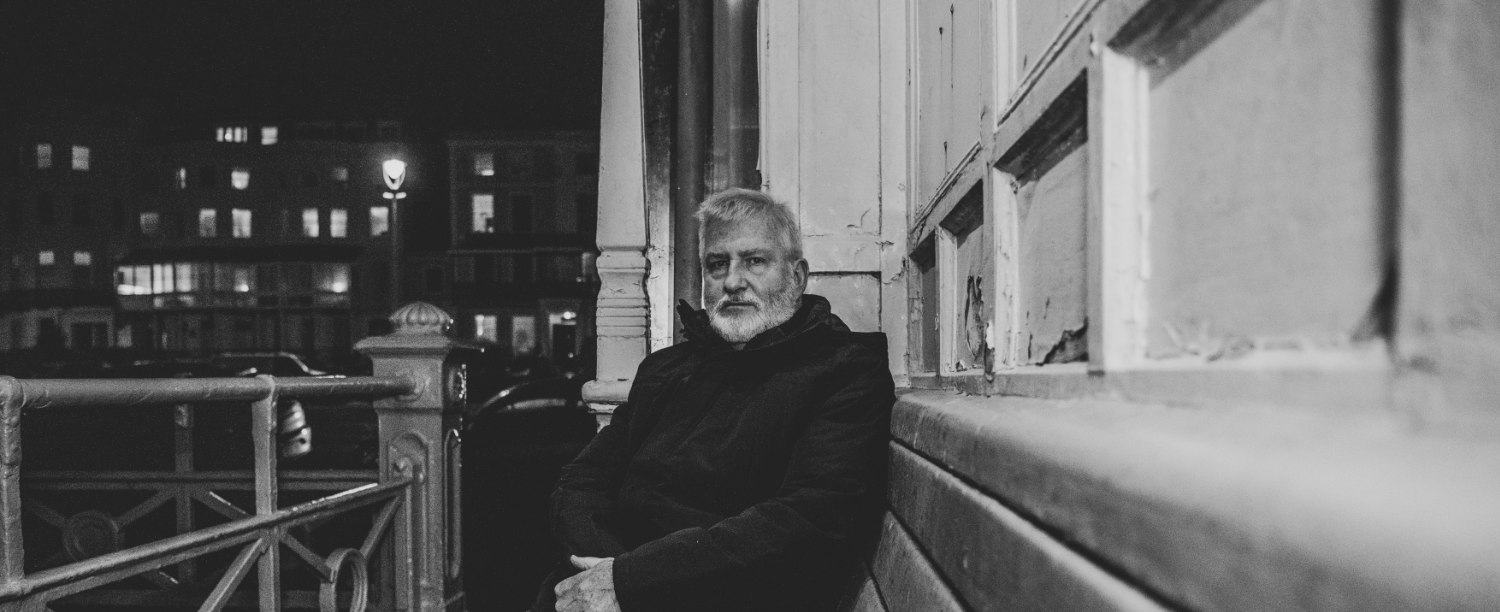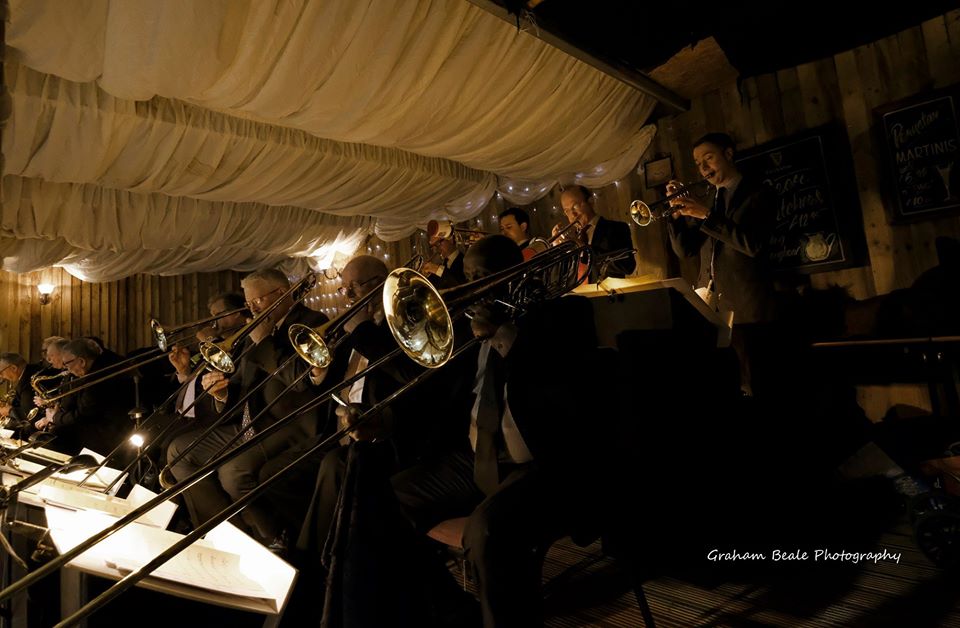The Column: Eddie Myer – Jazzmatazz

Anyone with more than a passing interest in jazz, an internet connection and a confident command of key stage 2 reading abilities can’t have failed to notice the amount of press coverage being given to LA based saxophonist, composer and bandleader Kamasi Washington. His expansive personality and grand gesture approach have given journalists plenty to work with; and his association with Kendrick Lamarr, and hence by association the Glasper-led world of where jazz meets hip hop, has given the impression that he’s spearheading that most beloved of media phenomena – a Movement. Indeed, an article making exactly that claim appeared in the Guardian recently; and what it said, and how it was received, gives us an insight into some current trends of jazz opinion – you can read it for yourself here.
The article’s author, John Lewis, drew attention to the supposed connection between the latest crop of jazz artists and the parallel world of contemporary hip-hip. The link between jazz and hip hop has been made many times, and it is worth examining it before we proceed, because although practically a commonplace in some quarters nowadays it’s by no means always been universally accepted. On the face of it, jazz and hip-hop might seem to have little in common, and in fact to be diametrically opposed in many of their artistic fundamentals. What could be more different that the organically shifting, endlessly dynamic polyrhythms of an Elvin Jones groove and the blunt, robotic bludgeon of a one-bar sampled drum loop? How to compare the sophisticated density of a Bill Evans reharmonisation with a genre that happily dispenses with harmony and even melody completely? The improvised phrasing of a rappers’ flow has been likened to that of a jazz soloist, but vocal and lyrical improvisation are common features of many musical styles, and don’t necessarily confer automatic jazz authenticity. Even a moderately successful career in jazz requires a level of technical and theoretical accomplishment that takes years of dedication to master, but many successful hip-hop practitioners have no formal musical skills at all. Yet the two styles are linked, and this connection is as much to do with history as it is with form; both are expressions of black american identity. Though both have grown to become truly global styles, the originators of both genres were predominantly black americans, and the continuity between the traditions is illustrated by the fact that more than a few hip hop artists have jazz musicians as parents. Despite this, hip-hop was initially regarded with suspicion by some sectors of the jazz community – commentators like Paul Tingen have decried it as a betrayal of the progressive and aspirational values supposedly embodied by jazz, of perpetuating negative stereotypes of everything from criminality to musical primitivism (Wynton Marsalis, predictably, didn’t approve at all, branding hip-hop as ‘ghetto minstrelsy’) . Still, hip hop is where the audience went, especially the young black audience, and jazz artists wishing to recapture them were obliged to follow. Miles led the way, as he had so many times before, but died while the results were still inconclusive, as they were in many of the other attempts by the older generation to investigate this new territory. Hip-hop didn’t really reciprocate the interest til the early 90s, when acts like Gang Starr, Digable Planets, Us3 and Guru started featuring jazz samples and actively courting the attention of the jazz audience, but by this time such a gulf had opened up between traditional practitioners of jazz (especially the new conservatism of Marsalis et al) and mainstream black musical culture that attempts to bridge both were only sporadically successful, despite such satisfying results as Ron Carter’s collaboration with Tribe Called Quest on The Low End Theory, and the scene sort of fizzled out. Jazz seemed increasingly to exist in a separate, rarefied sphere, away from the commercial mainstream; though it was still acknowledged as as kind of signifier of sophistication, such as in the hugely successful St Germain project, which was basically lightweight ambient house with jazz samples and jazzy flute solos as a kind of garnish. Genuine attempts to marry jazz and hip hop that actually displayed a real grasp of the essentials of both styles were rare – the UK’s own Steve Williamson deserves an honourable mention here for his undeservedly neglected pioneering work, especially the astonishing and hard to find Journey To Truth from 1992 – listen to this extract and see if you agree.
Returning to Lewis’ article, the essence of his position seems to be that artists like Glasper and Washington have incorporated the sounds of hip hop and electronic dance music in general because they grew up with them, so that the language of contemporary jazz now borrows from the vocabulary of hip hop rather than the other way round. This, as far as it goes, is demonstrably true, and not just in the US – bands like Gogo Penguin, The Comet Is Coming and Sons Of Kemet have expanded their jazz-based vocabulary with stylistic innovations that originate in the UK’s own rich history of electronica, dub, bass music and all forms of general bashment, and the trend can be seen in any jam session where eager young tyros insist on playing standards with a ‘slugging’ backbeat. But the article also generated a certain amount of indignant spluttering from some quarters of the jazz community – those who aren’t keen on the artists championed therein objected to what they saw as an arbitrary, media-and-product-driven promotion of this particular brand of jazz, at the expense of other, equally deserving artists who aren’t a part of the phenomenon. Others thought that the attempts of an older generation to incorporate contemporary sounds were unnecessarily belittled and disparaged, and that the writer showed a shallow, faddish eagerness to grasp at the future and disregard the past. Issues of ownership always arise whenever an artist or critic makes a claim on the music’s future; jazz music does have a troubled relationship with its own legacy, and there is a tension between respect and love for the tradition and the desire to move forwards. Miles and Hancock both explicitly declared themselves to be innovators, drawing in their different ways on contemporary pop, and both also attempted to incorporate hip-hop into their music with uncertain results. Neither Doo-Bop or Dis Is Da Drum seem to be acclaimed as career high points. The current generation have internalised the language of electronic music because they grew up with it, and the results have been popular with young musicians and audiences, (and naturally with record company PR departments as well). – I don’t think John Lewis is making any greater claims than that, despite the sub-editor’s hyperbolic headline. How significant Glasper or Kamasi’s music will prove to be in the long term, only posterity can judge; it’s worth remembering that even such canonised geniuses as Miles, Hancock, Ornette and Coltrane weren’t universally feted throughout their careers, and all benefitted from the powerful and well-funded PR departments at Atlantic or Columbia, so PR has always had a part to play in creating careers and reputations – but sadly it is not always proportionate to artistic merit. But each generation chooses its own idols; a lot of musicians I know in their 20s discovered jazz after growing up listening to hip-hop, and Glasper is an important figure for them. Each generation chooses it’s own idols. Hancock, Shorter and Zawinul came across hip-hop as older people who had grown up in an era when jazz was still pop music; but for Glasper et al hip hop is the music of their generation, and they’ve appropriated some of it’s tropes in a way that makes their music appealing to people of the same age or younger. That’s what this article seems to me to be exploring, and I don’t think the intention is to disparage the achievements of the past – all the players quoted here are very keen to acknowledge their debt to Miles in particular.
At the end of the day, it can only be healthy for jazz to absorb contemporary influences, and for players and fans alike to have open ears for diverse musical styles – it all helps to ensure the continuity of the music. Innovation and tradition should balance – in the words of Liam Noble, “Everything has been done before, but can you make it personal, feel like we are hearing it for the first time?”. Surely this is the standard by which all music, futuristic or traditional, should ultimately be judged.
Eddie Myer


